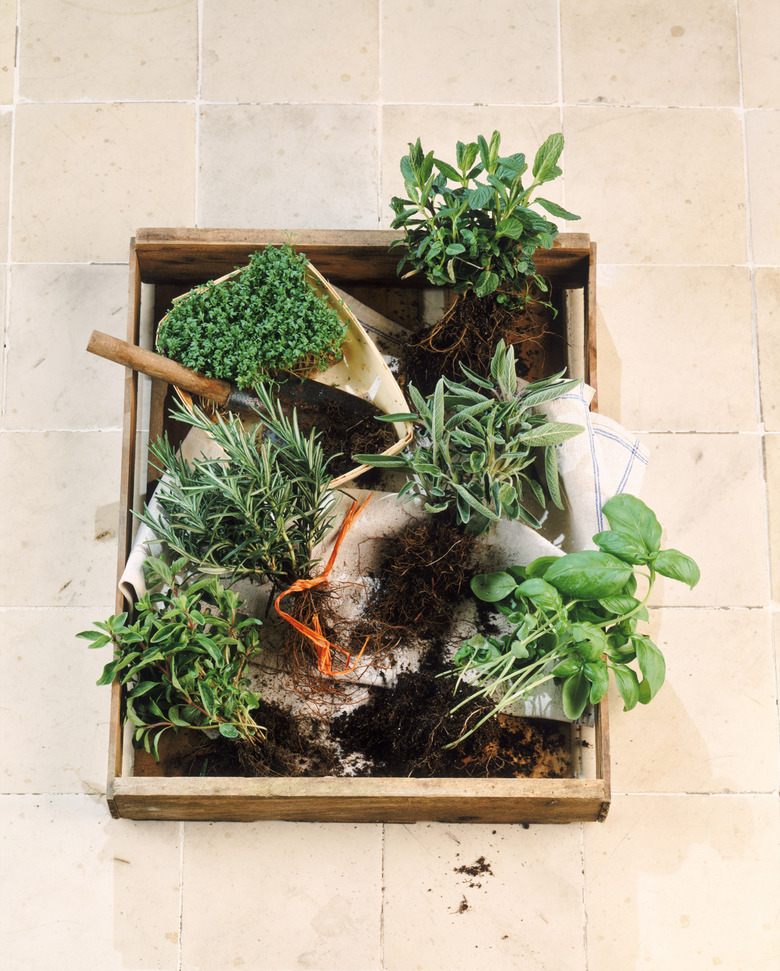Characteristics Of Herbs
Herbs are specific types of plants that are known for their scent and taste. Herbs are commonly used in different varieties of tea, to flavor food and for medicinal purposes. There are numerous varieties of herbs, each with distinct attributes, although there are also characteristics that are shared by all herbs.
Uses of Herbs
Many herbs are used in cooking, such as tarragon, dill, oregano and chives. Beyond the kitchen, however, herbs have a number of other uses. For example, essential oils extracted from herbs can be used in aromatherapy, incense, soaps and body-care creams and lotions. Other herbs may be used to make tea that has a medicinal purpose, such as soothing a sore throat or treating nausea. Herbs are also used in dietary supplements, while others are used in spiritual and religious rituals.
Scent
One of the most recognizable characteristics of most herbs is the scent. Many herbs exude an aroma that can be detected while they're still growing. In some cases, the scent is more powerful when the leaves of the herbs are chopped, cut or crushed. Many chefs, in fact, can easily distinguish one herb from another by their distinctive scents. A sprig of rosemary, for example, has a very different smell than mint leaves, but both are easily identifiable by their respective aromas.
Taste
Whether you're a professional chef or a kitchen novice, you've probably used herbs to flavor food you've prepared. Just as different herbs have different aromas, they also have varying flavors that complement various foods in differing ways. For example, tarragon can add a savory taste to a roast chicken, while oregano adds a spicy zest to an Italian-style tomato sauce. An herb's flavor can be just as distinctive as its smell, and both work in concert to flavor food.
Leaves and Roots
Another characteristic of herbs is that some are prized for their leaves while others are used for their roots. Licorice root, as noted by the University of Maryland Medical Center, is used to flavor licorice candy and as a natural remedy for maladies that range from the common cold to liver disease. According to the Infolific website, some herbs, such as woodruff, violet and mint, can actually form new plants from their underground stems. Underground mint stems, for example, tend to spread quickly.
